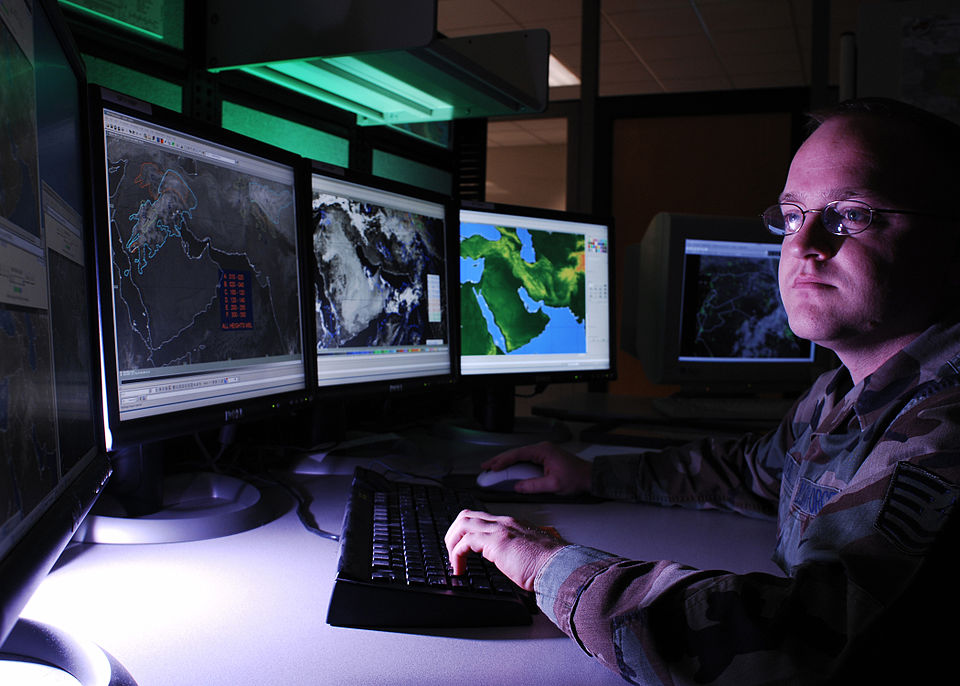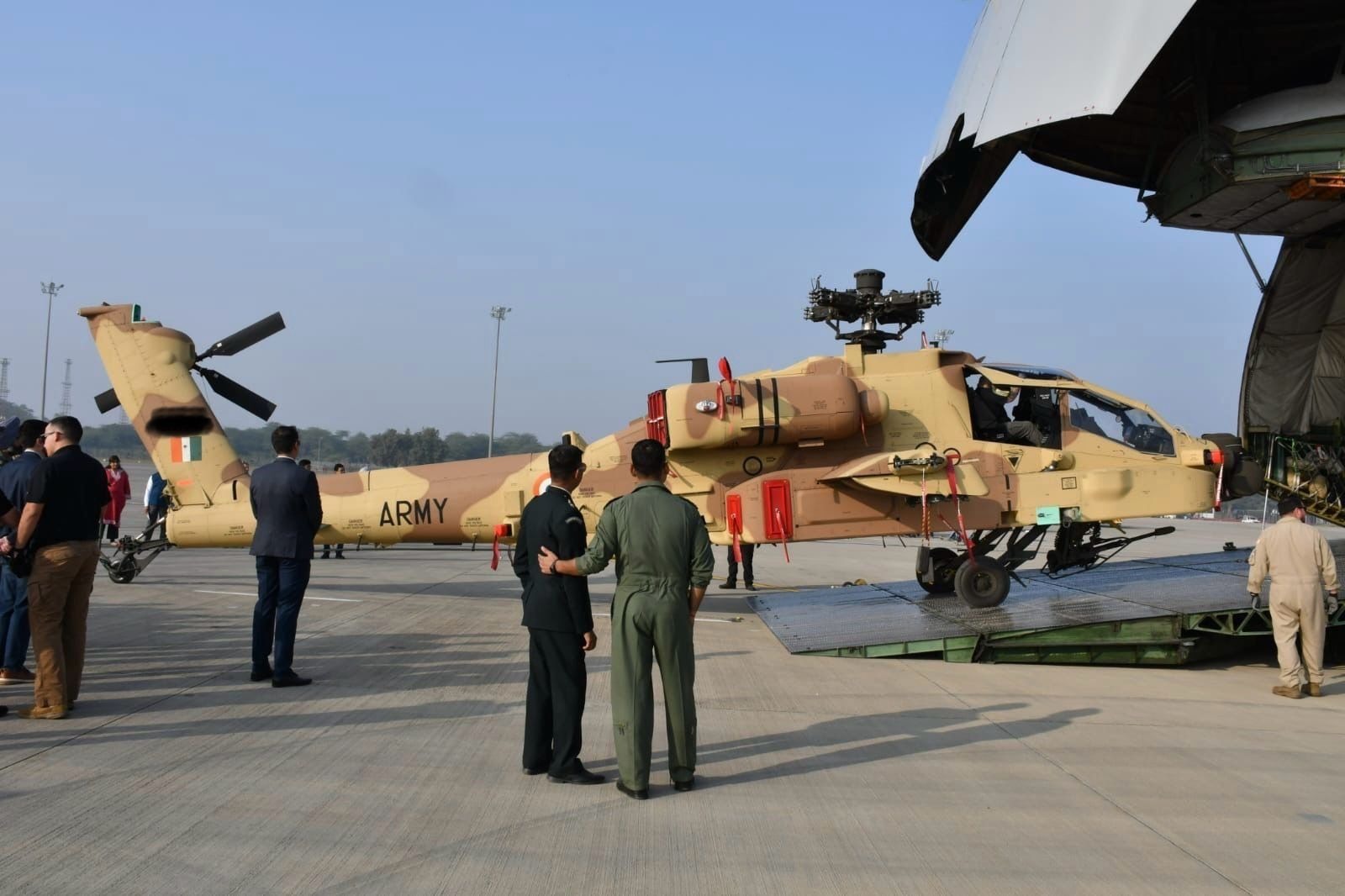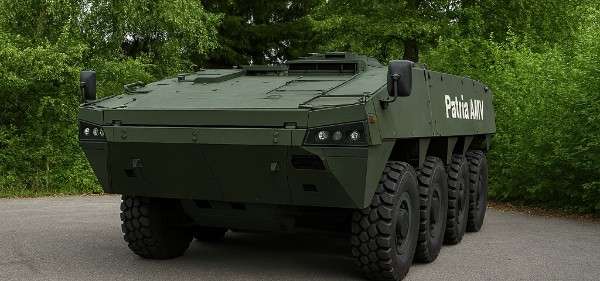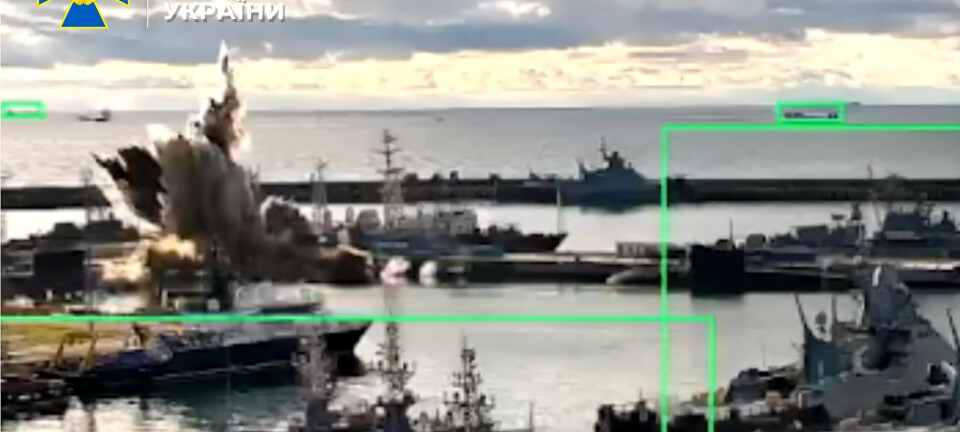“Know the ground, know the weather; your victory will then be total.”
The Chinese military strategist, Sun Tzu’s classic quote continues to remain relevant in today’s era of modern warfare, which is dominated by artificial intelligence (AI), satellites, and stealth. As warfare expands into the air, space, and cyber domains, exploiting weather, previously a challenge, has now become a critical variable. Beyond just forecasting, weather operations (Weather Ops or WX Ops) aim to influence enemy behaviour, gain a decision-making advantage, and reshape the battlefield to one’s benefit.
There are interrelated tasks of weather operations including analysis, forecasting and mission integration. While accurate forecasting is essential, incorporating meteorological data into operational decisions made in real-time is becoming increasingly significant. The use of weather intelligence configured to meet mission-specific requirements enables air forces to quickly adapt to changing weather conditions.
This change is being led by the United States Air Force (USAF), which is integrating weather into its multi-domain operations (MDO). Real-time satellite data, AI-powered simulations, and high-resolution atmospheric models are being used to find even a brief period of time when the weather can create narrow opportunities and make the enemy weaker without putting one’s troops at risk. By putting enemies in impossible dilemmas, the US is leveraging weather for strategic effect particularly in the event of a future conflict with China or Russia. As Col Patrick Williams, Director of Weather at Air Force Headquarters, said, “We can purposely force the adversary into situations where they have to pick between a bad choice and a worse choice.”
The foundation of this change was the lessons learnt from previous conflicts. During Operation Desert Storm in 1991, almost five hundred USAF weather personnel were deployed to provide real-time weather intelligence. The Pentagon claimed in a post-war briefing that “the worst weather in 14 years” overwhelmed the campaign as storms and cloud-cover hampered F-111 and F-117 precision strikes. This indicated the need for integrated, real-time weather awareness in modern air campaigns.
As a result, USAF established specialised 557th Weather Wing, the largest weather intelligence and data unit responsible for providing threat-based weather forecasting and warnings for military operations, reflecting new operational demands and institutional innovation. With technological advancements and to ensure cybersecurity, in 2017, the decision was taken to digitise the wing and shift from physical servers to virtual private clouds (VPCs) architectures. Given advancements in AI and machine learning (AI/ML), the USAF is also shifting from centralised forecasting centres to decentralised edge-based weather operations utilising portable devices like laptops and Kestrel meters to respond quickly in contested and constrained environments.
Other air forces, like the USAF, also place strong emphasis on the weather; however, the extent to which they can exploit it depends on the specific objectives and challenges of each stakeholder. In the case of the Pakistan Air Force (PAF), weather has long been a feature of scenario-based training and operational planning. History offers numerous examples demonstrating the PAF’s performance and the use of accurate environmental awareness, including specific weather conditions, to conduct high-stakes air operations.
Drawing on historical experience and current requirements, the PAF recognises the importance of weather operations and is steadily enhancing its capabilities to use environmental awareness as a force multiplier in air operations. Today, however, it faces a new and more serious challenge. The PAF operates in a region where climate change has resulted in severe and unpredictable weather patterns that adversely affect air operations. For example, low-lying cumulus clouds in the monsoon evade weather-radar coverage, and heavy fog in winter can obscure airfields and sensors alike. This creates operational complexity for any air force.
The PAF is addressing this evolving weather landscape through proactive measures, such as installing specialised weather radars in strategic locations to improve situational awareness and support informed decision-making. Although the PAF already undertakes state-of-the-art training for various operational needs, including weather phenomena, there is a need to accelerate indigenous solutions using emerging technologies. AI weather forecasting models, tailored to local patterns and driven by domestic observation networks, provide a practical route to enhancing weather resilience, and ensuring environmental awareness continues to deliver operational advantage.
Moving further, weather ops can be incorporated into national defence R&D ecosystems, particularly through public-private-partnerships, to develop regional weather-adaptive technologies that are appropriate for South Asia’s operational environment and to stay ahead of the adversary.
Leveraging weather as a capability, not a constraint, can shape outcomes in a highly contested and unpredictable battlespace. This indicates that weather is no longer a peripheral consideration but a vital tool for both operational success and strategic advantage.
Table of Contents
ToggleEzba Walayat Khan
The writer is a Research Assistant at the Centre for Aerospace and Security Studies (CASS), Lahore, Pakistan. She can be reached at info@casslhr.com.
- Ezba Walayat Khan












